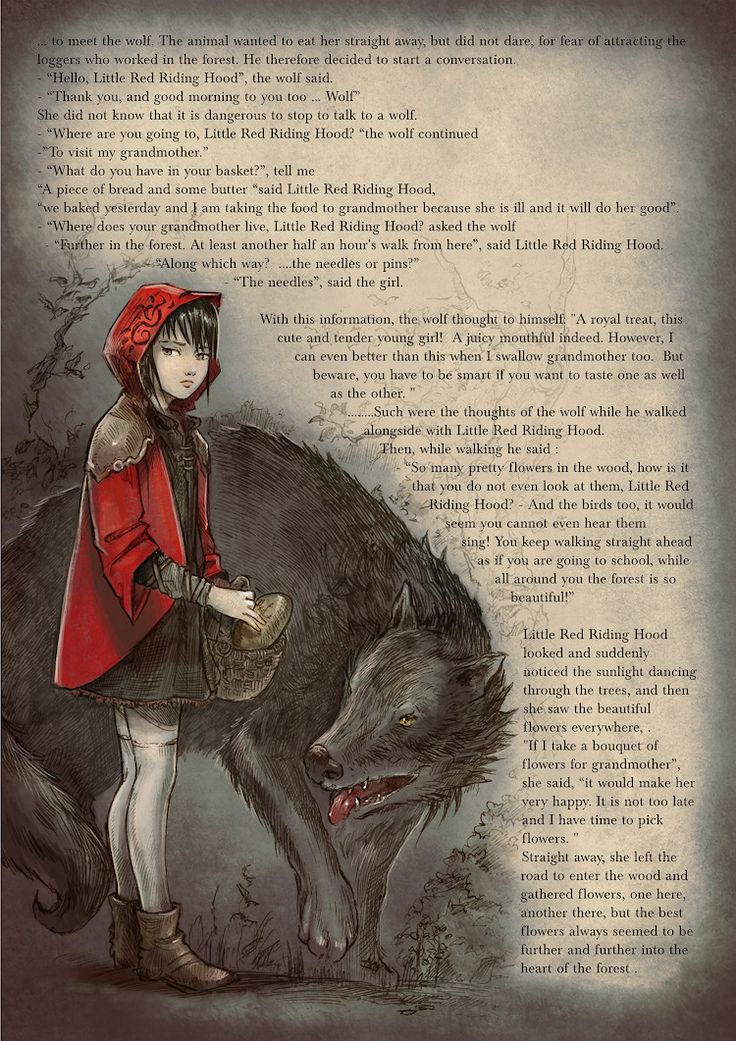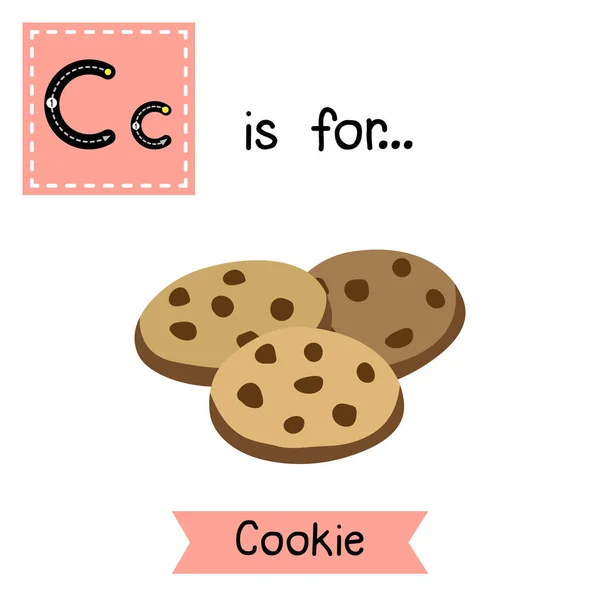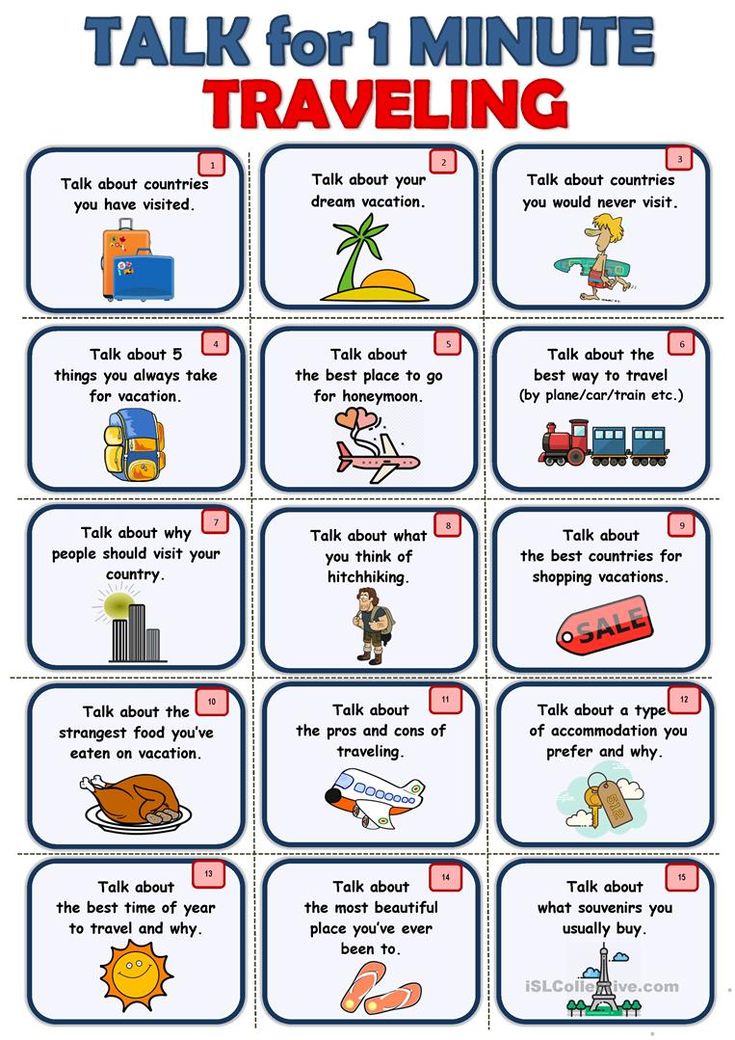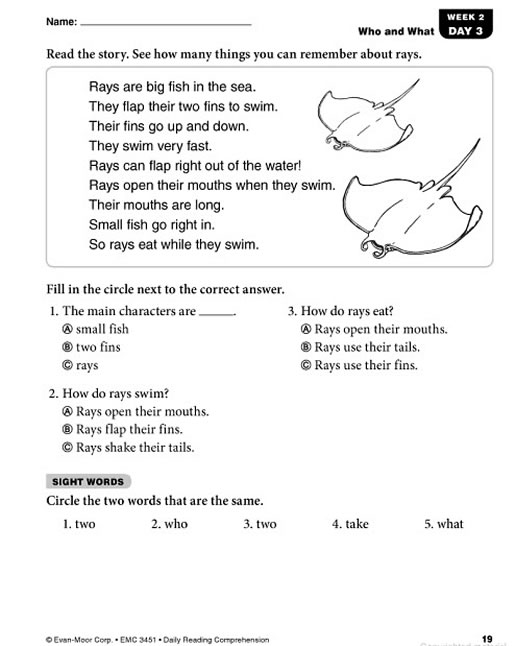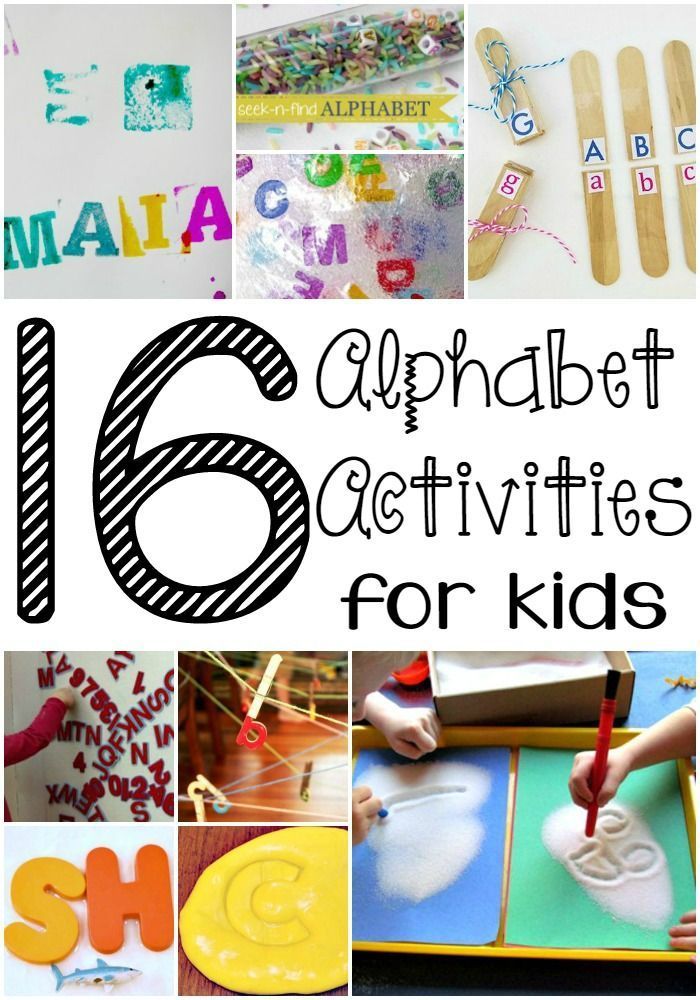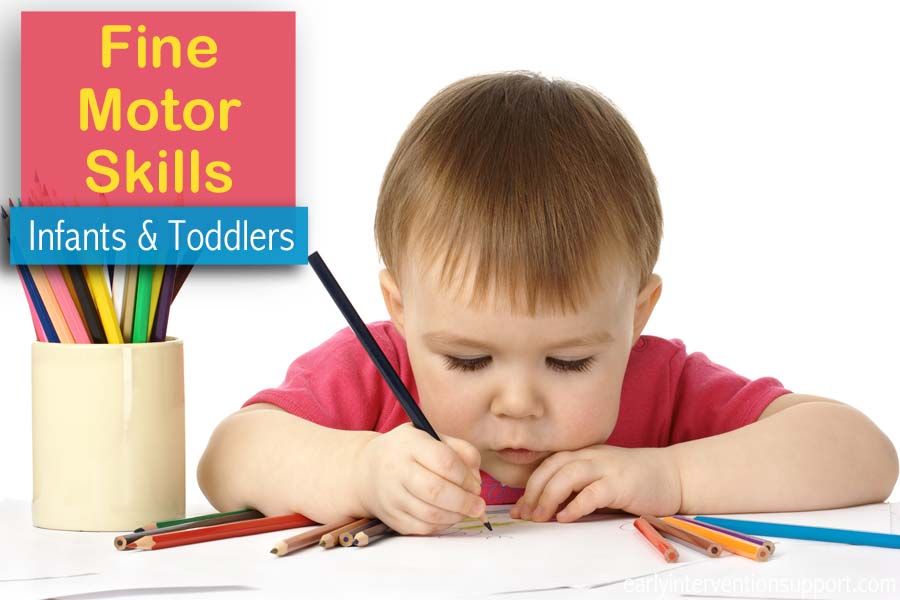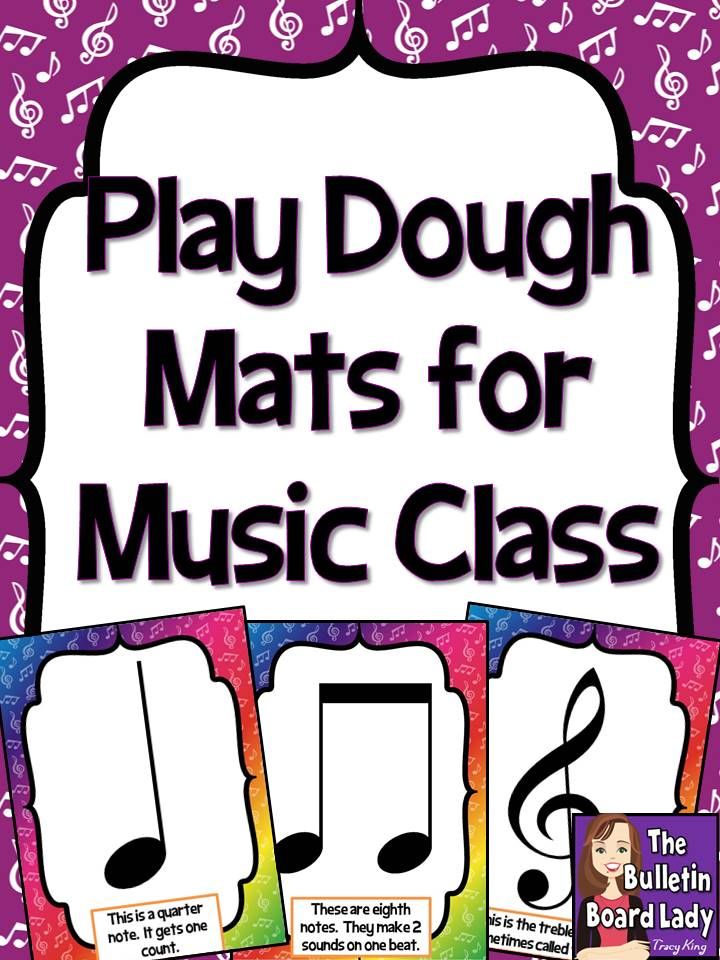Word learning for kindergarten
FREE Printable List of Kindergarten Sight Words & How to Teach Them
If you’ve got a child in kindergarten, you’ll want to get familiar with kindergarten sight words and learn how to teach your child to read & learn sight words.
As a child play therapist and teacher, I understand how important it is to understand what sight words are, as well as understanding which activities, games, and apps are best to use to teach them.
This post has been updated to include more Kindergarten Sight Word Resources for parents and teachers (like this Kindergarten Sight Word Bundle Packet).
Sight words are words that kindergarteners will see the most. Sight words are a commonly used term that usually refers to a set of words that reappears on almost any page of text.
Kindergarten Sight Words and How to Teach ThemThese high-frequency words are seen often. In fact, between 50-75% of your child’s text will include sight words from pre-primer & primer Dolch word lists.
What are sight words?
To become a great reader, children must master their sight words. It is essential to learn their sight words and to continue to practice them. Once your child has mastered them, it is time to move onto the next list.
Kindergarten sight word listWhen your child is looking at these words on a daily basis, they will learn them quickly. Repetition is the key to fluency (reading smoothly, without a lot of pauses), so practicing these words over and over will help to achieve that goal. Here is a FREE printable list of Kindergarten Sight Words (click here, and I will send you the list)
You are welcome to download this free printable sight word list to help your child prepare for kindergarten.Or if you really want the complete package, get this Kindergarten Sight Word Bundle Packet. As a child play therapist, I put this packet together so you can help your child learn sight words. You can print it over and over again to help your child learn his or her sight words.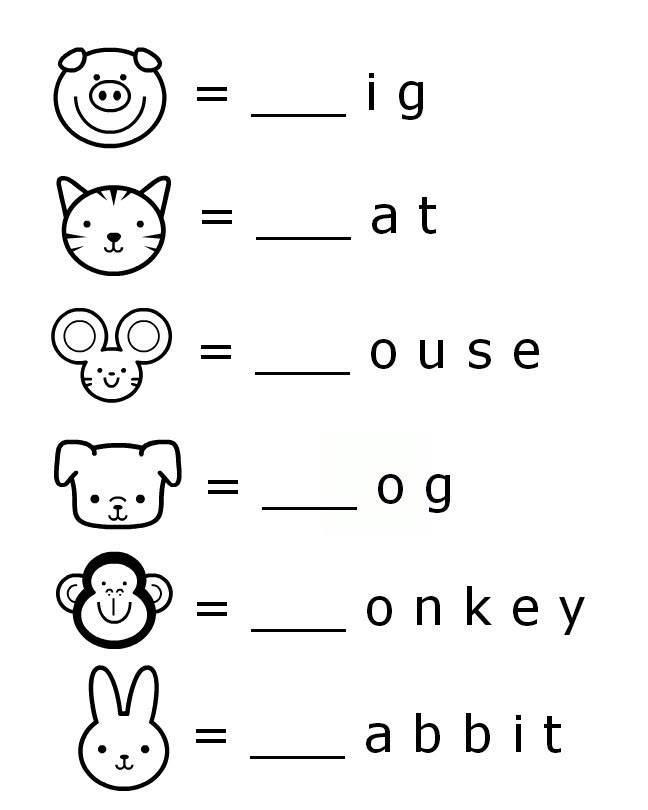
There are 52 sight words that are typically taught in kindergarten.
The Kindergarten Sight Words are:
all, am, are, at, ate, be, black, brown, but, came, did, do, eat, four, get, good, have, he, into, like, must, new, no, now, on, our, out, please, pretty, ran, ride, saw, say, she, so, soon, that, there, they, this, too, under, want, was, well, went, what, white, who, will, with, yes.
These are the 52 most commonly seen words in kindergarten level books. When a child is able to master those words, it not only makes it easier for them to read the words, it also improves their fluency or how quickly and smoothly they can read a passage.
To begin, simply introduce your child to the list (show your child, hang it up, read them).
Read all of the words to your child (every day) and explain that he will be learning a new word every day (or every other day).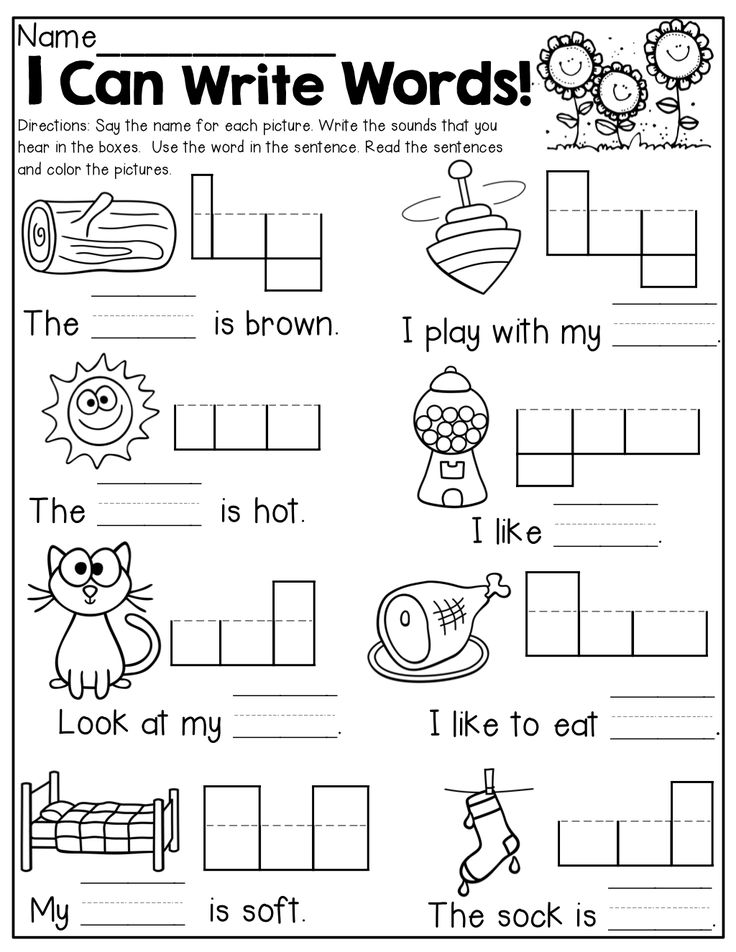 Be excited about it.
Be excited about it.
On day one, see if your child knows any of the words. If they do, put a sticker, a checkmark, or a smiley face to the left of the word (there is space for that). If not, that’s OK! He will.
Every single day, go over the new word, as well as the OLD words that they know. I start by going over the old words with the sticker and then picking a new word. I say it, spell it, say it again, and ask my child to repeat it.
During the day, we will talk about that word and go back to the wall where it is hanging to look at it. I do this at least three times. I keep my chart in the pantry, so anytime our kids eat a snack or want to grab something, they see the words.
Continue to add a sticker, checkmark, or a smiley face to their new words, until the whole list has been completed. From then on, you can just review them every day or every few days.
As the days go on, find these words in other areas (words in books, service words on signs, flash cards before bed…)
Related: YOU ARE WELCOME TO DOWNLOAD THIS SIGHT WORD CHECKLIST ↓ (free) by clicking here.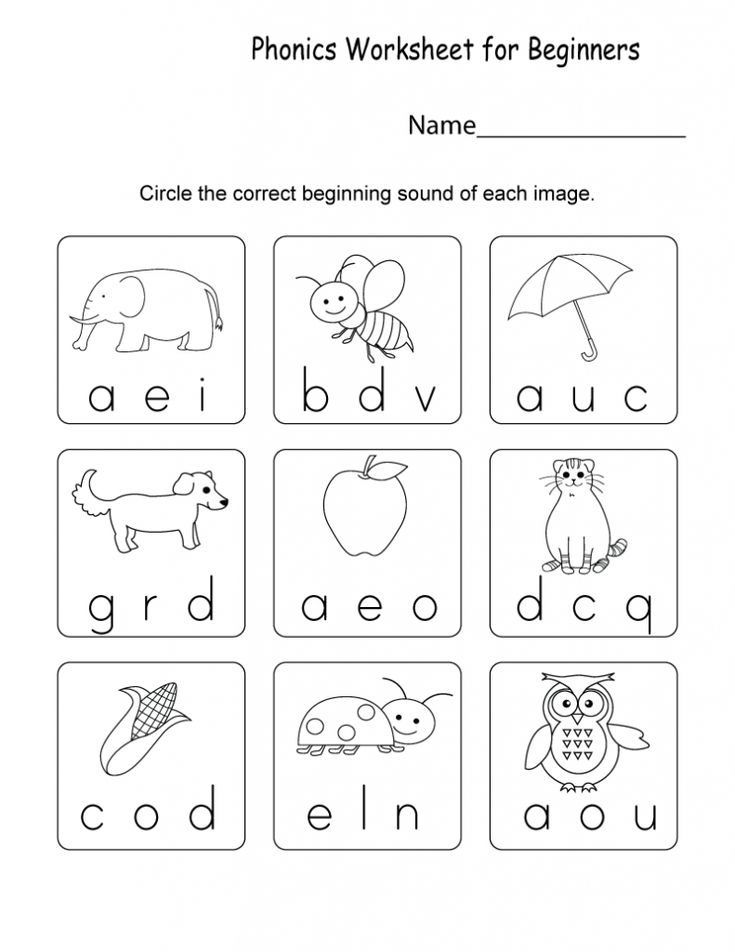
SIGHT WORDS TO TRACE
Tracing kindergarten sight words gives children a chance to engage with the words in a new and different way. By combining multiple learning styles in one lesson, kids are more likely to learn and recall their sight words. Here are a couple of methods for creating kindergarten sight words to trace.
- Rainbow Writing: At the beginning of the school year, have students trace the sight words in three different colors. This repetition helps them develop motor memory while also solidifying the spelling of the word. As the school year progresses, have students write the words independently in three colors. They can overlap the colors or write them three separate times.
- Dry Erase Words: Kids love writing with different writing tools, so dry erase markers always make things more fun!
– Print out the kindergarten sight words you’d like students to practice on a sheet of heavy cardstock.
– Slip the cardstock into a transparent page protector and clip it to a clipboard.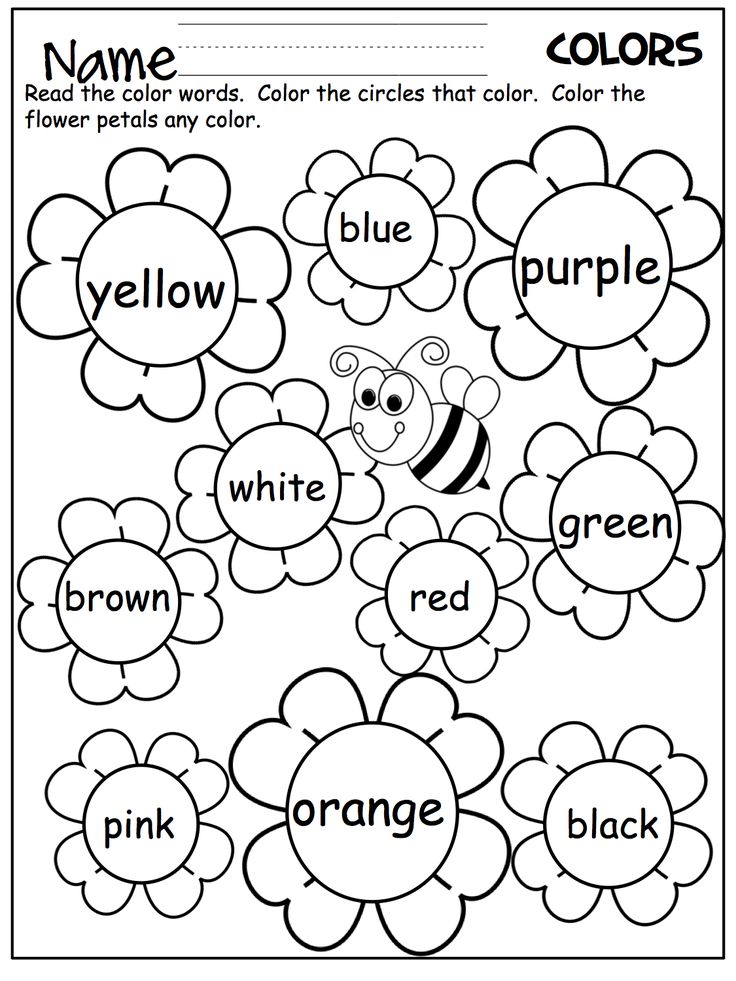
– Then, with a dry erase marker, students can trace the sight words on the page protector.
If they make a mistake, it can be erased with a tissue or an old sock!
Technology has made even the youngest students digitally savvy. If you have access to a computer or tablet and a printer, have your students type their kindergarten sight words and print them out.
Kids love working in word processing programs and learning how to type. They can print the words in different colors, fonts, and sizes. Use the sight words they printed to decorate the room or as part of their reading folder.
If you minimize the page size, you could even use their printed words as Kindergarten sight word flashcards!
SIGHT WORDS IN SENTENCES
Learning sight words are important, but kids need to learn how to identify those words in sentences.
For early readers, being able to pick out kindergarten sight words in sentences means they have a complete understanding of the word.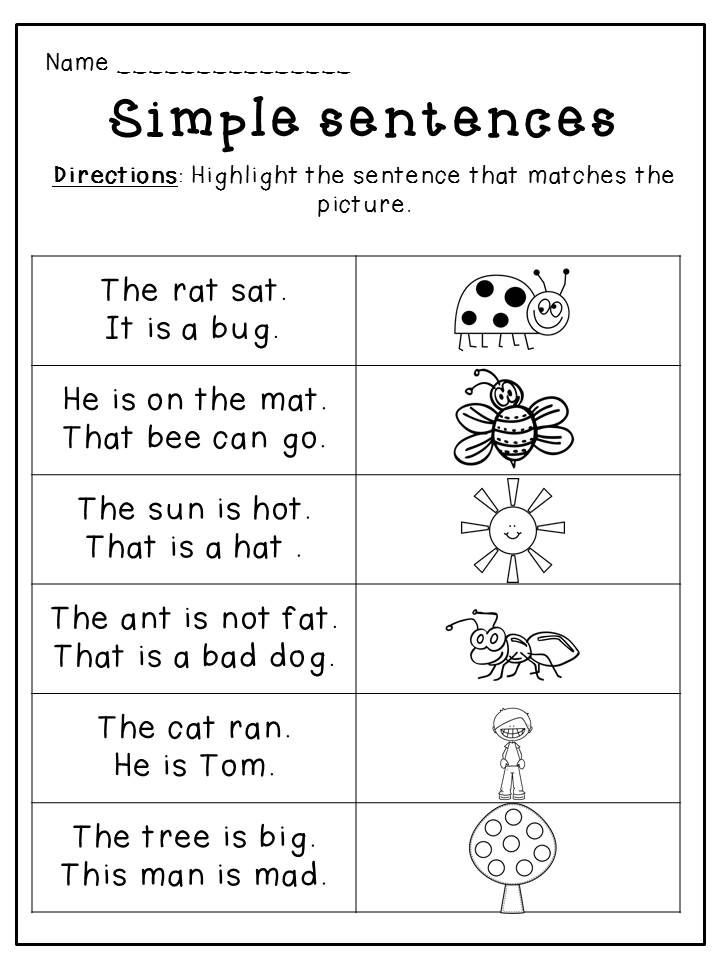
Not only can they trace and write the word, but they can pick it out amidst other words. This is an important skill as they continue to develop their reading abilities.
How do you find them?One way to help kids identify their sight words in sentences is to play a modified version of I Spy. Instead of looking for objects, they are tasked with finding sight words. Give them a highlighter or highlighter tape to cover the word once they have found it.
Since kindergarteners have a limited reading vocabulary, make the sentences as uncomplicated as possible. Even three-word sentences allow students to practice finding and identifying sight words. If you want to make it more challenging, add a couple of sight words in each sentence!
KINDERGARTEN SIGHT WORDS WITH PICTURESKindergarten sight words are basic words that are seen the most frequently in grade-level books. Many of the words are hard to illustrate because of their simplicity.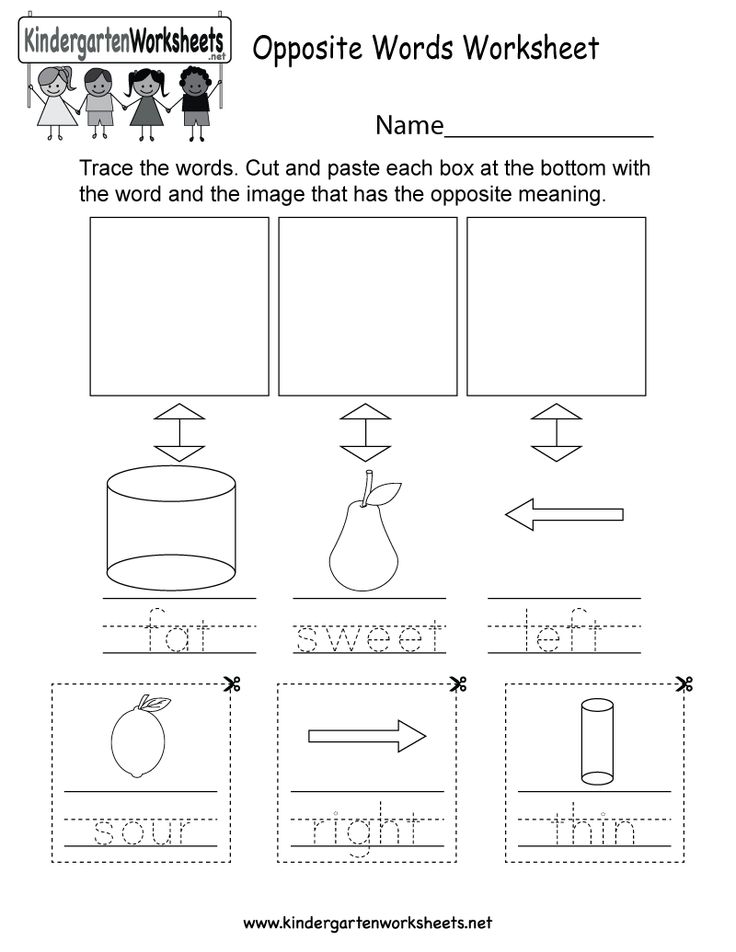 One way to create flashcards of kindergarten sight words with pictures is to have students decorate them or create an illustration that helps them remember the word.
One way to create flashcards of kindergarten sight words with pictures is to have students decorate them or create an illustration that helps them remember the word.
For example, they may draw someone crawling under a table, or they might draw a picture of a toy that has fallen under a bed to illustrate the word “UNDER.”
Whatever image helps them remember the word is fine to use. The goal is to help them learn the words so there is no right or wrong.
KINDERGARTEN SIGHT WORD FLASHCARDSKindergarten sight word flashcards are especially helpful for quick practice. They can be useful for reviewing words at home or on the go.
Some people even uploaded them as virtual flashcards to a tablet or smartphone to be practiced while in the car, visiting relatives, or on vacation.
It doesn’t matter if you print them out to review alone, study them from a device, or turn them into a game; sight word flashcards are a great way to reinforce kindergarten vocabulary.
When using Kindergarten Sight Word Flashcards, start with three sight words. When your child knows these three words, add one additional word at a time to the existing words the child already knows.
If you add more, your child will likely become frustrated – and we want this to be fun! Continue adding one word at a time until your child can recognize all Kindergarten sight words.
Sight Word Games and Sight Word AppsLearning is always more effective when it’s turned into a game! Here are some of our favorite sight word games and apps.
Sight Word Games- Go on a Word Hunt: Look for sight words in your Kindergartener’s favorite book! Count how many you can find. You could also print out a list of kindergarten sight words and put a checkmark next to each one you find.
- Sight Word Hopscotch: Draw a hopscotch board on the sidewalk with chalk and write different sight words in each square.
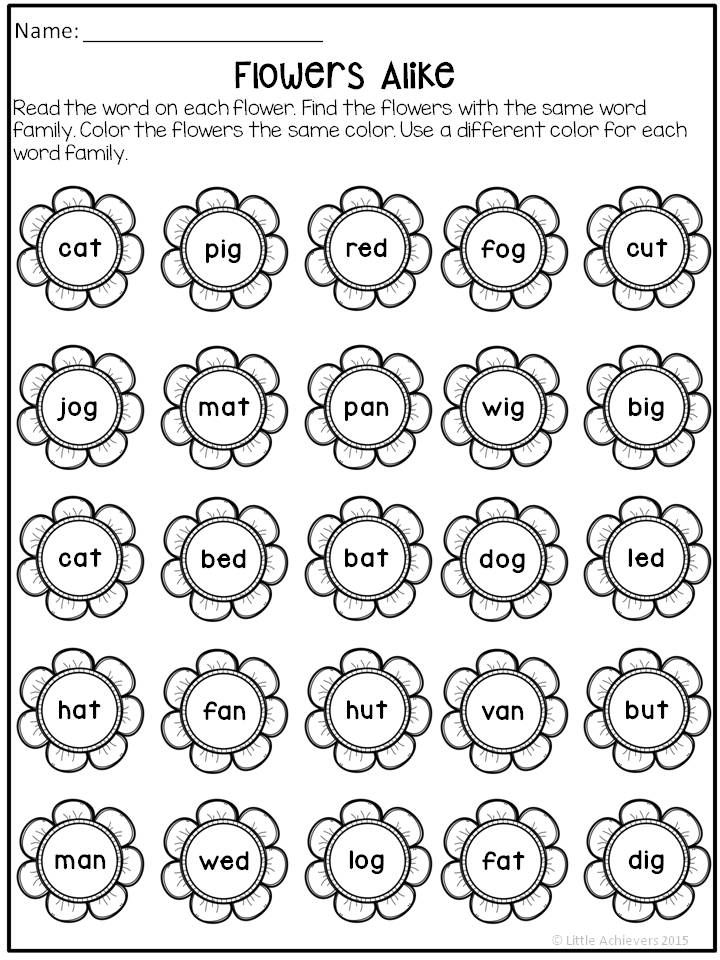 As your child hops from square to square, have him call out the sight word he’s jumping to.
As your child hops from square to square, have him call out the sight word he’s jumping to. - Sight Word Water Balloon Smash: Fill water balloons and write sight words on each balloon in a permanent marker. On the sidewalk, write the sight words in chalk. Have your child choose a balloon, match it to the word on the sidewalk, and smash it on the chalked word. Not only is it a lot of fun, but it’s also a great way to stay cool.
- There are more Games in this Kindergarten Sight Word Bundle Packet, like these puzzles, etc.
- Sight Words by Photo Touch – Free. This no-frills sight word app lets kids match the sight words and progress through the different levels.
- Sight Words List by Innovative Mobile Apps – $1.39. Bright and simple, this app lets you use pre-built lists of sight words or create your own. There are also challenges where kids can pick the sight word out of a group of words.
 The clear font makes the words easy to read.
The clear font makes the words easy to read. - Sight Words: Kids Learn by Teacher Created Materials – Free. This sight words app features more frills than the two above. The pictures are colorful, the font is clear, and there are multiple games to help students practice their sight words.
- Print this FREE Kindergarten sight word list – Hang it by your door or on your refrigerator. Review the list daily until your child can read them fluently and confidently.
You’ll also want to think about helping them even more by using this Kindergarten Sight Word Bundle Packet.
This printable packet is easy to use; you can download it and print it over & over to help your child. The kids love it & they learn so much from the repetition of seeing the same words again & again. It’s a great way to help your child learn their sight words, which helps them to learn to read well.
See these other posts to get your child ready for school
- Teach kids their name and number with ONE tip
- How to read to your preschooler
- 5 practical, time-saving tips for school mornings
© YourModernFamily.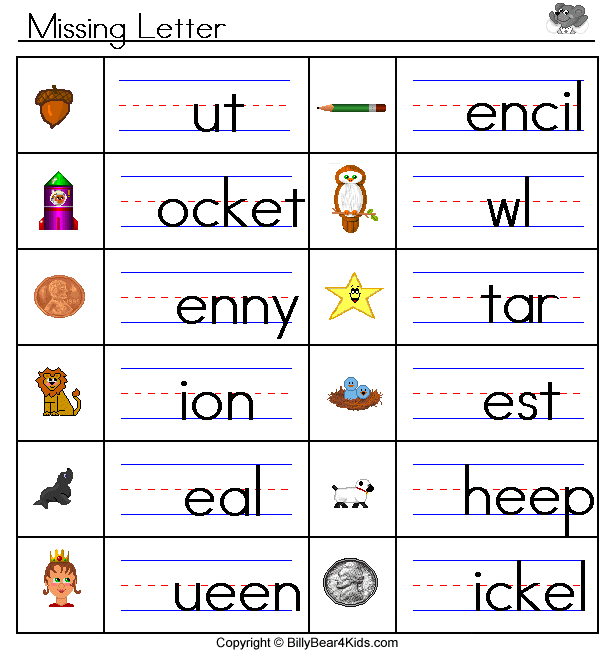 com. Content and photographs are copyright protected. Sharing of this article is encouraged and appreciated, copying and/or pasting articles to any social media is strictly prohibited.
com. Content and photographs are copyright protected. Sharing of this article is encouraged and appreciated, copying and/or pasting articles to any social media is strictly prohibited.
Vocabulary: Activities for Your Kindergartener
Overview
Talking to and reading with your kindergartener are two terrific ways to help them learn new words. Conversations and questions about interesting words are easy, non-threatening ways to get new words into everyday talk.
Use rich language in conversations with your child
Even very young children love to hear and learn new words! Help your child expand their word bank and knowledge of the world by using interesting and vivid words instead of simpler language in your everyday conversations. For example, instead of saying, "this ice cream is good" you might say, "this caramel ice cream is scrumptious."
Read with your child every day
Reading aloud exposes your child to lots of vivid language that is not found in books for beginning readers.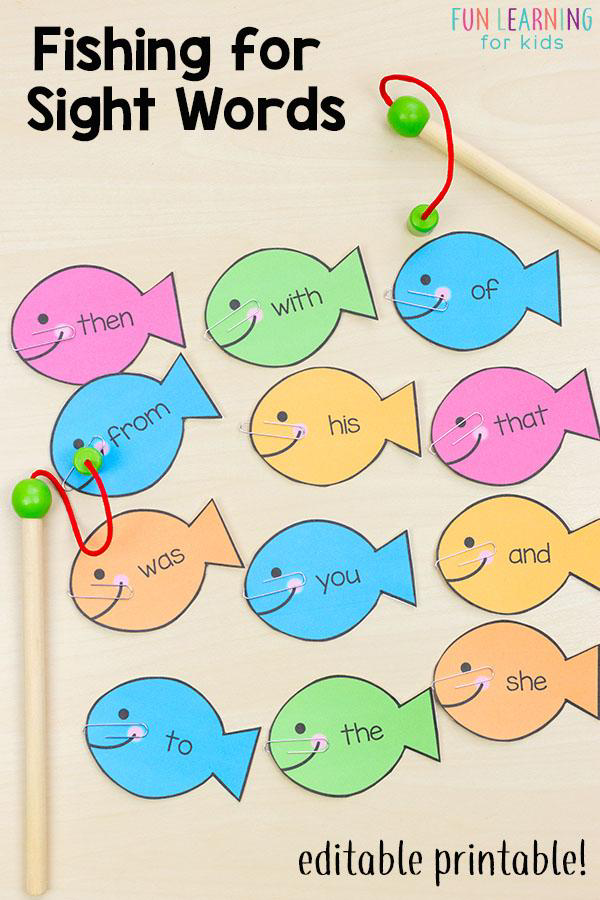 When you come upon a new and interesting word, take the time to stop and ask your child what they think that word might mean in the context of the story. Then offer a kid-friendly definition of the word and connect it to a similar word and a shared experience.
When you come upon a new and interesting word, take the time to stop and ask your child what they think that word might mean in the context of the story. Then offer a kid-friendly definition of the word and connect it to a similar word and a shared experience.
Patience!
Word learning and vocabulary growth takes time and patience. Don't expect your child to learn a new word after one conversation or one read aloud. True word learning happens after being exposed to words several times. We all learn about words throughout our lifetime. You're getting your child off to a great start by developing an early interest in words.
Vocabulary in kindergarten
Try these vocabulary activities at home
Bring in the nonfiction
Nonfiction and informational books (such as the DK Eyewitness series) offer young children a treasure chest of new and interesting words about our world. If the book has a glossary, spend some time discussing the words with your child, and as you read aloud stop as often as needed to think about new words and how they connect to what your child already knows about.
If the book has a glossary, spend some time discussing the words with your child, and as you read aloud stop as often as needed to think about new words and how they connect to what your child already knows about.
Talk about new words during read alouds
Talking to and reading with your child are two terrific ways to help them hear and read new words. Conversations and questions about interesting words are easy ways to get new words into everyday talk. "The book says, 'The boy tumbled down the hill,' and look at the picture! How do you think he went down the hill?"
Sharing a new word with your child doesn't have to take a long time: just a few minutes to talk about the word and then focus back on the book or conversation. Choose which words to talk about carefully — choosing every new word might make reading seem like a chore. The best words to explore are ones that are less common to see in the books your child might read. When introducing new words to your young learner, keep the following four helpful hints in mind:
- Provide a simple, kid-friendly definition for the new word: Enormous means that something is really, really big.

- Offer a simple, kid-friendly example that makes sense within their daily life: Remember that really big watermelon we got at the grocery store? That was an enormous watermelon!
- Encourage your child to develop their own example: What enormous thing can you think of? Can you think of something really big that you saw today? That's right! The bulldozer near the park was enormous! Those tires were huge.
- Keep your new words active within your house. Over the next few days and weeks, take advantage of opportunities to use each new vocabulary word in conversation. Kids often need to hear a new word in context ten times or more before they "know" that word.
How do I help my child learn new words while we read aloud?
Reading aloud is a great way for children to learn new words. Literacy expert Sandra Wilborn suggests that parents pause during the read aloud to elaborate on a new word by giving a simple definition, connecting the word to something your child knows, and using it in a sentence. Reinforce the learning by using that new word at home in the weeks ahead. (From our video series Reading SOS: Expert Answers to Family Questions About Reading.)
Reinforce the learning by using that new word at home in the weeks ahead. (From our video series Reading SOS: Expert Answers to Family Questions About Reading.)
Give them great words
Children's author Jane Yolen (Owl Moon, How Do Dinosaurs Say Goodnight?) delights in using rich language in her picture books. In this clip from our video interview with Yolen, she says she often has to fight to keep good words — that really stretch vocabulary learning — in her picture books.
Grocery store vocabulary
The produce section is a great place to hear new interesting words. Words like rhubarb, asparagus, artichoke, and kiwi are fun to say, and fun to eat. As you introduce each one, use descriptive words to help your child learn. "A kiwi has a fuzzy outside, but the inside is bright green with black seeds!"
Words like rhubarb, asparagus, artichoke, and kiwi are fun to say, and fun to eat. As you introduce each one, use descriptive words to help your child learn. "A kiwi has a fuzzy outside, but the inside is bright green with black seeds!"
Start at the root
Begin with a simple root word, such as push. Ask your child to come up with words they know that contain that word, such as pushing, pushed, pushover, push-up. Talk about how all these words have some shared meaning related to the word push.
Consider the prefix
Numeric prefixes like bi- and tri- are a part of many words kids know and use. Discuss words like tricycle, tricep, triangle. All these words share the prefix tri-, which means three. Can they develop a list of words that begin with the prefix bi- (like bicycle and binoculars)? This gives you a great chance to introduce new words, like bicentennial, bicep, and biped. You can generate similar word lists with the numeric prefixes uni, octo, and cent.
Word connections
Try this activity from the Florida Center for Reading Research (FCRR).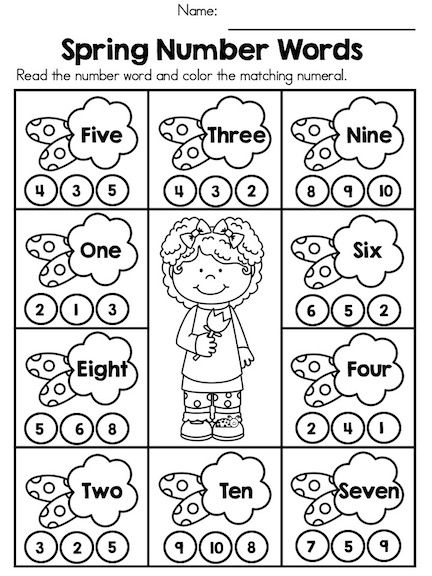 The FCRR "At Home" series was developed especially for families! Watch the video and then download the activity: Word Connections. See all FCRR vocabulary activities here.
The FCRR "At Home" series was developed especially for families! Watch the video and then download the activity: Word Connections. See all FCRR vocabulary activities here.
Homonym fun
Homonyms — words that sound the same but have different meanings — provide a great opportunity for word fun. Say a word out loud, and see if your child can generate more than one meaning for the word. For example:
bark: the sound a dog makes
bark: the covering on a treering: jewelry you wear on your finger
ring: the sound a doorbell makes
Explore your world
Visits to a museum, the zoo, the botanical garden, historical sites, and even your neighborhood park are terrific opportunities to introduce your child to new words. Spend some time looking at the signage and identifying new words, then connecting them to what you see right there.
Spend some time looking at the signage and identifying new words, then connecting them to what you see right there.
"What’s another word for ..."
This game helps your child learn there’s more than one word for everyday things. For example, look around you and say, "what's another word for couch?" (sofa, ottoman). Or, "what's another word for cup?" (glass, mug). You can extend the game by talking about how two things are similar but not exactly alike (glass, mug). That helps your child learn about the subtle differences in related words.
What does this word mean? Helping a kindergartner learn new vocabulary
This video is from Home Reading Helper, a resource for parents to elevate children’s reading at home provided by Read Charlotte. Find more video, parent activities, printables, and other resources at Home Reading Helper.
Understanding vocabulary: why it’s critical to your child’s reading
This video is from Home Reading Helper, a resource for parents to elevate children’s reading at home provided by Read Charlotte. Find more video, parent activities, printables, and other resources at Home Reading Helper.
More vocabulary resources
Vocabulary apps
Reviews provided by Common Sense Media.
My first words: English words for children
How to raise a polyglot child? The answer is simple: start learning languages with him as early as possible. Basic English will be an excellent foundation for the future knowledge of the baby and will help develop learning skills, because the brain of children at an early age absorbs an almost endless amount of information like a sponge. The main thing is to present it correctly.
The main thing is to present it correctly.
In this article you will find not only simple first English words for children, but also recommendations for learning them. Open to your kid the fascinating world of English! nine0003
At what age do we start teaching?
Opinions of experts and parents themselves about the age at which it is worth starting to learn English with a child differ. Of course, you can start singing lullabies to your baby in English even from infancy, but your strength will be almost wasted.
Most agree that the most optimal age from which the average child begins to adequately learn English as a foreign language is 2.5-3 years. It is believed that at this age the process of formation of native speech is already ending. That is, the child must be able to clearly pronounce Russian sounds and words, as well as build sentences and have a coherent speech. nine0003
The exceptions here are when the child grows up in a multicultural environment. For example, if the mother is Russian and the father is English, then it is possible to communicate with the child in two languages from the very beginning. True, then your child will be funny to form sentences, and questions like: “Mom, can I have an apple” will constantly sound in the house.
For example, if the mother is Russian and the father is English, then it is possible to communicate with the child in two languages from the very beginning. True, then your child will be funny to form sentences, and questions like: “Mom, can I have an apple” will constantly sound in the house.
This approach is good when the family lives abroad, where the main language is a foreign one. As the child gets older and starts attending kindergarten, the child will understand the difference between the languages of his parents and begin to use the words in the correct context. This applies, by the way, not only to English, but also to any foreign language. nine0003
If you want your child to speak only English from the very beginning, you can create an artificial multicultural environment. For example, at home talking with the baby only in a foreign language.
Is it possible to send a child to a language nursery or kindergarten with an English focus? Then do it without any hesitation.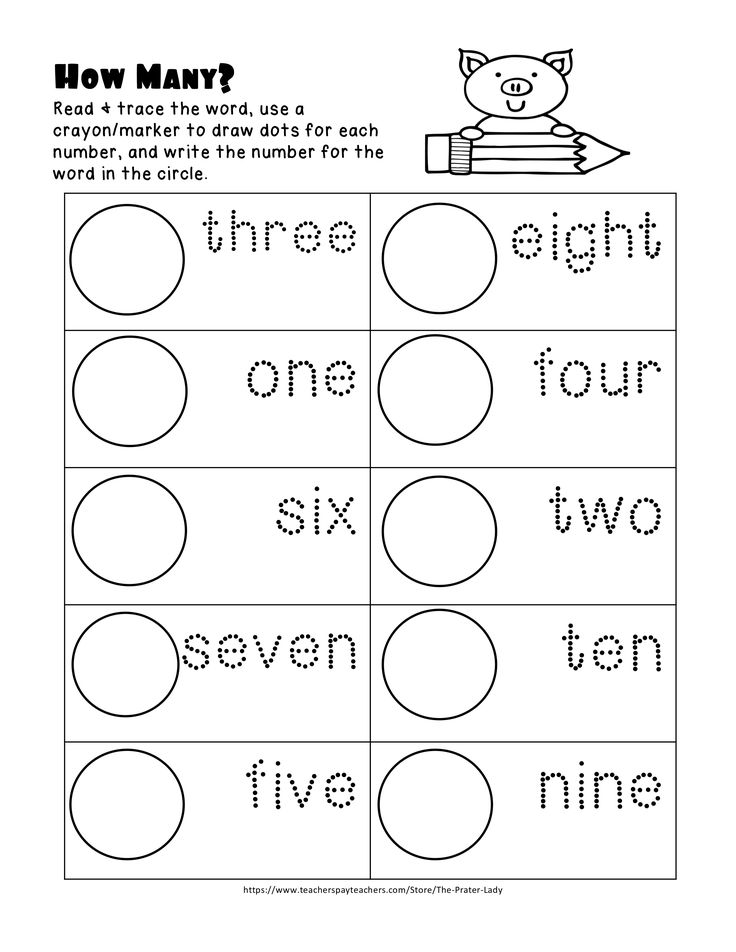 So the multicultural environment will be natural for the child: in the nursery they will communicate with him mainly in English, and at home you will be able to talk with the baby in Russian. In specialized language kindergartens, teachers will help your child learn English in a natural environment, and at home you can consolidate knowledge with him through various games and riddles. nine0003
So the multicultural environment will be natural for the child: in the nursery they will communicate with him mainly in English, and at home you will be able to talk with the baby in Russian. In specialized language kindergartens, teachers will help your child learn English in a natural environment, and at home you can consolidate knowledge with him through various games and riddles. nine0003
If it is not possible to send your child to a language kindergarten, start learning English at home using the same methods that you used to learn your native language with him.
How to learn English with a child?
At a young age, of course, we are not talking about grammar or writing English words. To begin with, the child needs to learn how to pronounce sounds correctly, remember letters and form a basic vocabulary. By the way, it will be much easier for a kid than for an adult to remember the correct pronunciation of English sounds, which are so different from Russian ones. They will not have to rebuild their articulation apparatus as much as we, adults, who have been speaking their native language for many years. nine0003
They will not have to rebuild their articulation apparatus as much as we, adults, who have been speaking their native language for many years. nine0003
Here is a list of skills to develop in a preschooler first:
- listening to speech
- speaking
- reading
To make learning English not a burden for a child, add an element of play to the learning process.
Get a colorful glove doll and make it a kind of "teacher" for your child. Introduce your baby to a new toy and say that it only understands English, which means that in order to play with it, the child needs to learn an interesting new language. So this toy will become the main intermediary between you and your child in learning English. nine0003
First of all, learn the alphabet and the correct pronunciation of letters and basic sounds with your child. Make it better with the help of the popular ABC Song. This is how the English alphabet is taught all over the world, not only by foreigners, but also by native speakers themselves.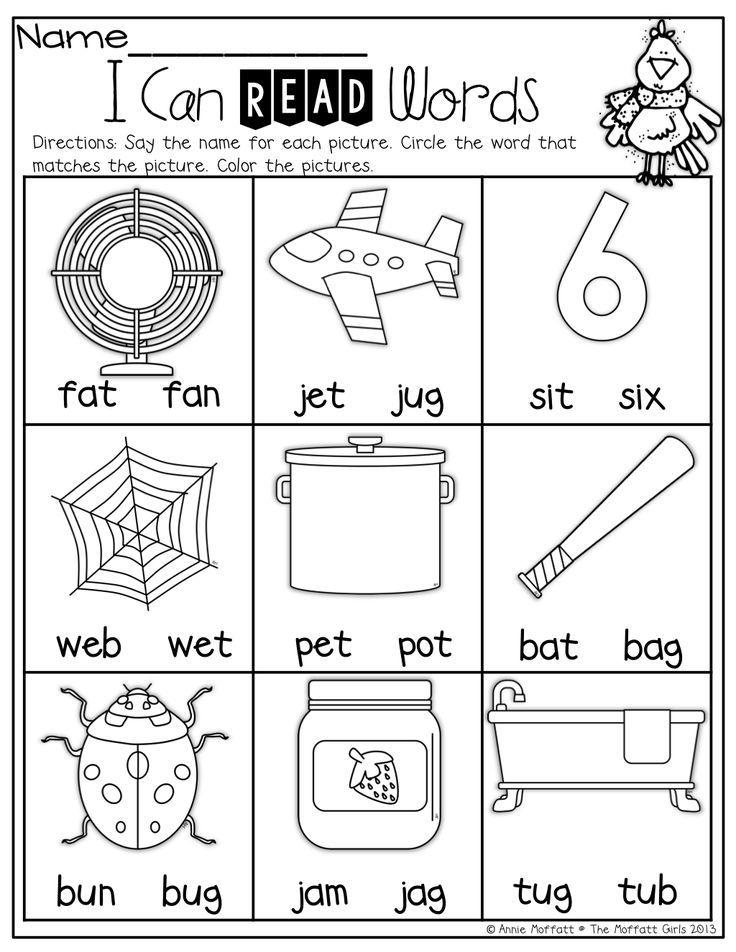
Next - form basic English for children: words and simple phrases. For example, make cards for basic words that the child already knows in their native language. These can be household items, animals, body parts, etc. It is better that the cards are bright, with the spelling of a word and a picture symbolizing a particular subject. You can stick these cards on household items so that the child constantly sees the names of objects in English and memorizes them automatically. nine0003
Incorporate English words into your regular vocabulary when communicating with your child. In the context of what is happening around the baby, it will be much easier to understand and learn the language. Playing at home or being outside, use the phrases and words you have already learned. If a child tells you: “Mom, look, a kitty!” Then answer: “Yes, it’s true, it’s a cat. How would it be in English? A cat. This is a cat.
By the way, it's better to start learning not just individual words, but whole phrases at once, as in the example above.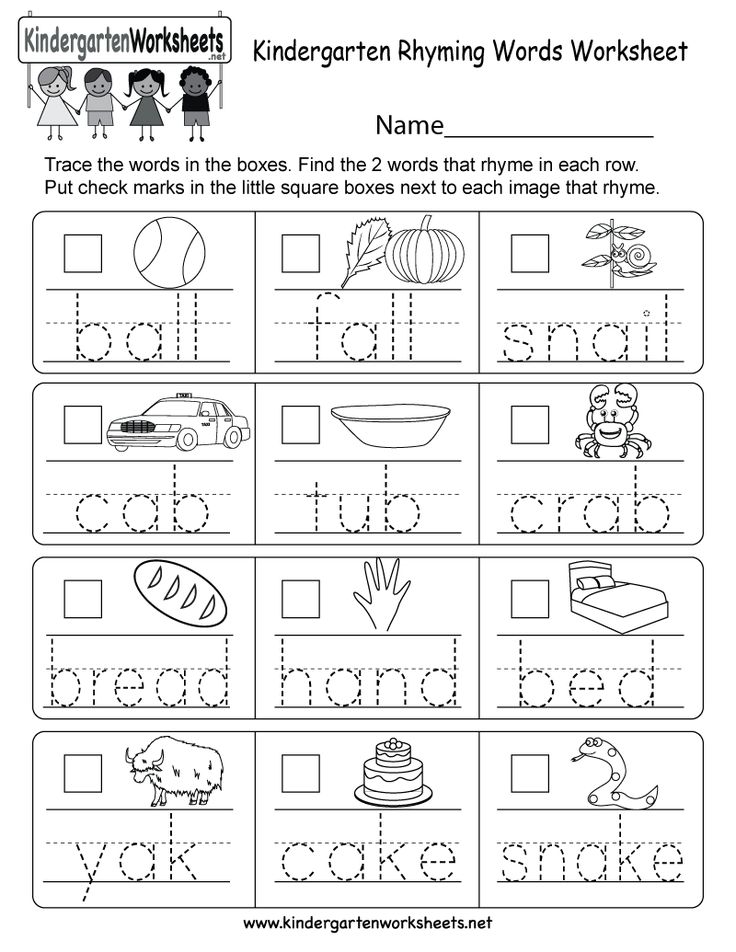 That is, to acquaint with the very, very basic grammar. After all, if you tell your child only words, he will only know the translation, and if you start using whole sentences, then he will memorize in sentences. nine0003
That is, to acquaint with the very, very basic grammar. After all, if you tell your child only words, he will only know the translation, and if you start using whole sentences, then he will memorize in sentences. nine0003
Visualization and variety are important for learning English with a child. Children may enjoy books in English with colorful pictures that can be read together at bedtime instead of the usual Russian fairy tales. Also, do not forget about special educational cartoons in English, where bright characters tell the child about the basics of the language or teach him the alphabet.
Play fun, educational games with your little one so they don't get bored while learning English. It can be cards, pantomimes, drawings and much more. nine0003
Basic set of words with transcription and translation
The first English words for children to start learning the language with are those that surround the child every day. Below you will find a list of such words by topic.
Family [ˈfæmɪli] - family
Mother [ˈmʌðə] - mother
Father [ˈfɑːðə] - father
Brother [ˈbrʌðə] - brother
Sister [ˈsɪstə] - sister
Grandmother [ˈgrænˌmʌðə] - grandmother
Grandfather [ˈgrændˌfɑːðə] - grandfather
Body [ ˈbɒdi ]
Head [head] - head
Hair [heə] - hair
Eyes [aɪz] - eyes
Nose [nəʊz] - nose
Teeth [tiːθ] - teeth
Lips [lɪps] - lips
Ears [ɪəz] - ears
Neck [nek] - neck
Shoulders [ˈʃəʊldəz] - shoulders
Leg [leg] - leg
Feet [fiːt] - feet
Pets [ pets ]
Dog [dɒg] - dog
Cat [kæt] - cat
Kitten [ˈkɪtn] - kitten
Puppy [ˈpʌpi] - puppy
Rabbit [ˈræbɪt] - rabbit
Parrot [ˈpærət] - parrot
Fish [fɪʃ] - fish
Hamster [ˈhæmstə] - hamster
Snake [sneɪk] - snake
Turtle [ˈtɜːtl] - turtle
Animals [ ˈænɪməlz ]
Goat [gəʊt] - goat
Pig [pɪg] - pig
Sheep [ʃiːp] - sheep
Horse [hɔːs] - horse
Cow [kaʊ] - cow
Goose [guːs] - goose
Chicken [ˈʧɪkɪn] - chicken
Duck [dʌk] - duck
Cockerel [ˈkɒkərəl] - cock
Fox [fɒks] - fox
Wolf [wʊlf] - wolf
Bear [beə] - bear
Hare [heə] - hare
Elephant [ˈelɪfənt] - elephant
Tiger [ˈtaɪgə] - tiger
Lion [ˈlaɪən] - lion
Crocodile [ˈkrɒkədaɪl] - crocodile
Giraffe [ʤɪˈrɑːf] - giraffe
Colors
Red [red]
Green [griːn] - green
Blue [bluː] - blue
Orange [ˈɒrɪnʤ] - orange
Yellow [ˈjeləʊ] - yellow
Pink [pɪŋk] - pink
Gray [greɪ] - gray
Black [blæk] - black
White [waɪt] - white
Purple [ˈpɜːpl] - purple
Brown [braʊn] - brown
Food
Water [ˈwɔːtə] - water
Tea [tiː] - tea
Juice [ʤuːs] - juice
Sugar [ˈʃʊgə] - sugar
Salt [sɒlt] - salt
Yogurt [ˈjɒgət] - yogurt
Bread [bred] - bread
Milk [mɪlk] - milk
Cheese [ʧiːz] - cheese
Eggs [egz] - eggs
Butter [ˈbʌtə] - oil
Meat [miːt] - meat
Cookies [ˈkʊkiz] - cookies
Chocolate [ˈʧɒkəlɪt] - chocolate nine0057
Fruits [ fruːts ]
Apple [ˈæpl] - apple
Pear [peər] - pear
Orange [ˈɒrɪnʤ] - orange
Banana [bəˈnɑːnə] - banana
Lemon [ˈlemən] - lemon
Pineapple [ˈpaɪnˌæpl] - pineapple
Grapes [greɪps] - grapes
Kiwi [ˈkiːwi:] - kiwi
Tangerine [tæn(d)ʒəˈriːn] — Mandarin
Melon [ˈmelən] - melon
Watermelon [ˈwɔːtəˌmelən] - watermelon
Peach [piːʧ] - peach
Vegetables
Carrot [ˈkærət] - carrot
Onion [ˈʌnjən] - bow
Garlic [ˈgɑːlɪk] - garlic
Tomato [təˈmɑːtəʊ] - tomato
Cabbage [ˈkæbɪʤ] - cabbage
Pepper [ˈpepər] - pepper
Potato [pəˈteɪtəʊ] - potato
Cucumber [ˈkjuːkʌmbə] - cucumber
House [haʊs]
Bedroom [ˈbedruːm] - bedroom
Living room [ˈlɪvɪŋ ruːm] - living room
Kitchen [ˈkɪʧɪn] - kitchen
Bathroom [ˈbɑːθruːm] - bathroom
Fridge [frɪʤ] - refrigerator
Cooker [ˈkʊkə] - plate
Table [ˈteɪbl] - table
Chair [ʧeə] - chair
Sofa [ˈsəʊfə] - sofa
Bed [bed] - bed
Window [ˈwɪndəʊ] - window
Mirror [ˈmɪrə] - mirror
Towel [ˈtaʊəl] - towel
Toothbrush [ˈtuːθbrʌʃ] - toothbrush
Toothpaste [ˈtuːθpeɪst] - toothpaste
Wardrobe [ˈwɔːdrəʊb] - wardrobe
Cup [kʌp] - mug
Plate [pleɪt] - plate
Bowl [bəʊl] - bowl
Fork [fɔːk] - fork
Spoon [spuːn] - spoon
Knife [naɪf] - knife
Clock [klɒk] - hours
Clothes [ kləʊðz ]
Dress [dres] - dress
Skirt [skɜːt] - skirt
Shirt [ʃɜːt] - shirt
T-shirt [ˈtiːʃɜːt] - T-shirt
Jeans [ʤiːnz] - jeans
Trousers [ˈtraʊzəz] - pants
Shorts [ʃɔːts] - shorts
Jumper [ˈʤʌmpə] - sweater
Suit [suːt] - suit
Coat [kəʊt] - coat
Hat [hæt] - hat
Socks [sɒks] - socks
Months [ mʌnθs ] - months
January [ˈʤænjʊəri] - January
February [ˈfebrʊəri] - February
March [mɑːʧ] - March
April [ˈeɪprəl] - April
May [meɪ] - May
June [ʤuːn] - June
July [ʤu(ː)ˈlaɪ] - July
August [ˈɔːgəst] - August
September [sepˈtɛmbər] - September
October [ɒkˈtəʊbə] - October
November [nəʊˈvembə] - November
December [dɪˈsembə] - December
Weather [ ˈweðə ]
Sun [sʌn] - sun
Rain [reɪn] - rain
Cloud [klaʊd] - cloud
Wind [wɪnd] - wind
Snow [snəʊ] - snow
Fog [fɒg] - fog
Cold [kəʊld] - cold
Hot [hɒt] - hot
Winter [ˈwɪntə] - winter
Spring [sprɪŋ] - spring
Summer [ˈsʌmər] - summer
Autumn [ˈɔːtəm] - autumn
This list of first English words for children is far from complete.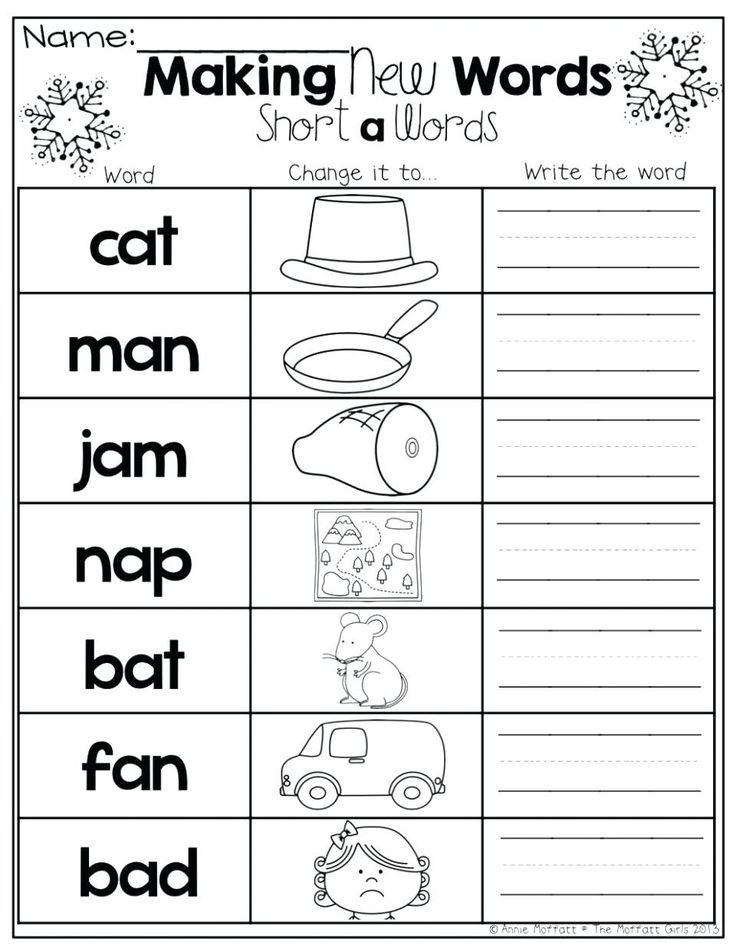 Include in it those words that the child encounters daily.
Include in it those words that the child encounters daily.
And most importantly, do not forget: in order to teach your child English from an early age, you need to be confident in your knowledge. You can check your level of English before you start learning the language with your child here. nine0059
90,000 MKDOU CENTER OF DEVELOPMENT OF Child - Kindergarten No. 17
English in kindergarten
We already know that the new social order has influenced the revision of the goals of education as a whole and teaching English in kindergarten in particular . Until the last moment, the goal of training was the development of skills and abilities, but now a new type of personality is in demand, possessing 5 competencies: social, tolerance, communicative, informational and competence that realizes the desire to learn throughout life. And it must be admitted that early developmental methods are aimed primarily at this.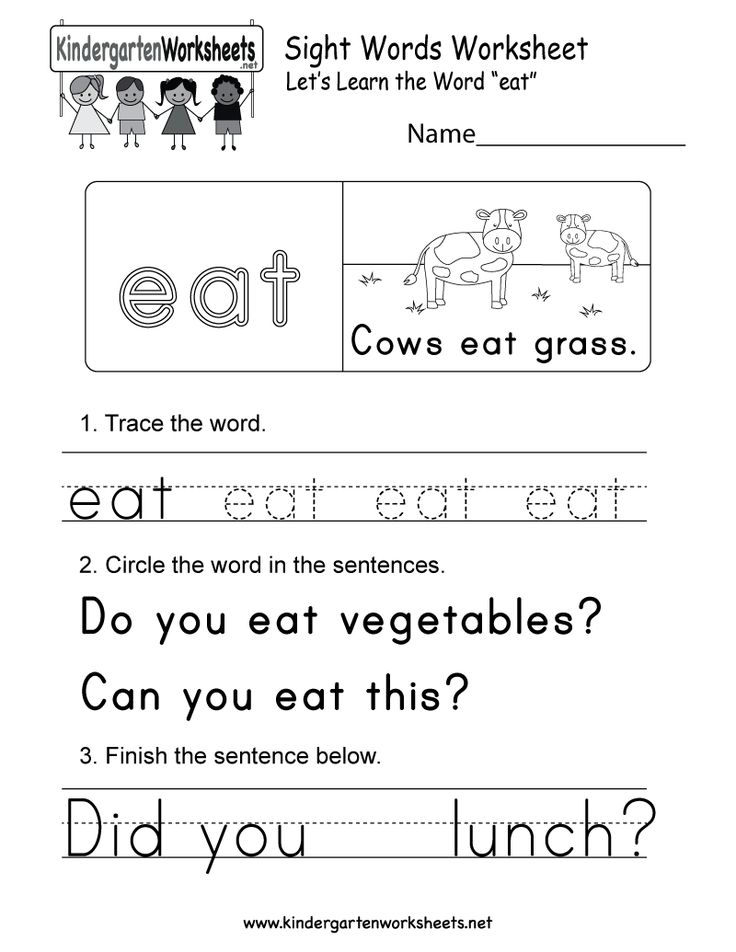 nine0003
nine0003
Even opponents of early foreign language learning can be heard that if a child is introduced to a language in early childhood, then with age it will be much easier for him to master this language, that learning foreign languages is just as great a way to develop a child as other ways . There are a lot of methods now offered, English classes are available in almost every kindergarten.
In addition, the parents themselves, who know one or another foreign language, strive to introduce it to their child. nine0003
I propose to pay attention to the following points:
• The leading type of activity at preschool age is play, the main thing for kids is movement, it is important that the activity does not turn into a lesson in any way - this contradicts the psychology of preschool children.
• Preschoolers have visual-figurative thinking. Therefore, the lesson should have a visual support - subject plots, pictures, toys.
• If a child has difficulties with his native language and pronunciation of certain sounds, then it is not worth putting pressure on him when learning new words.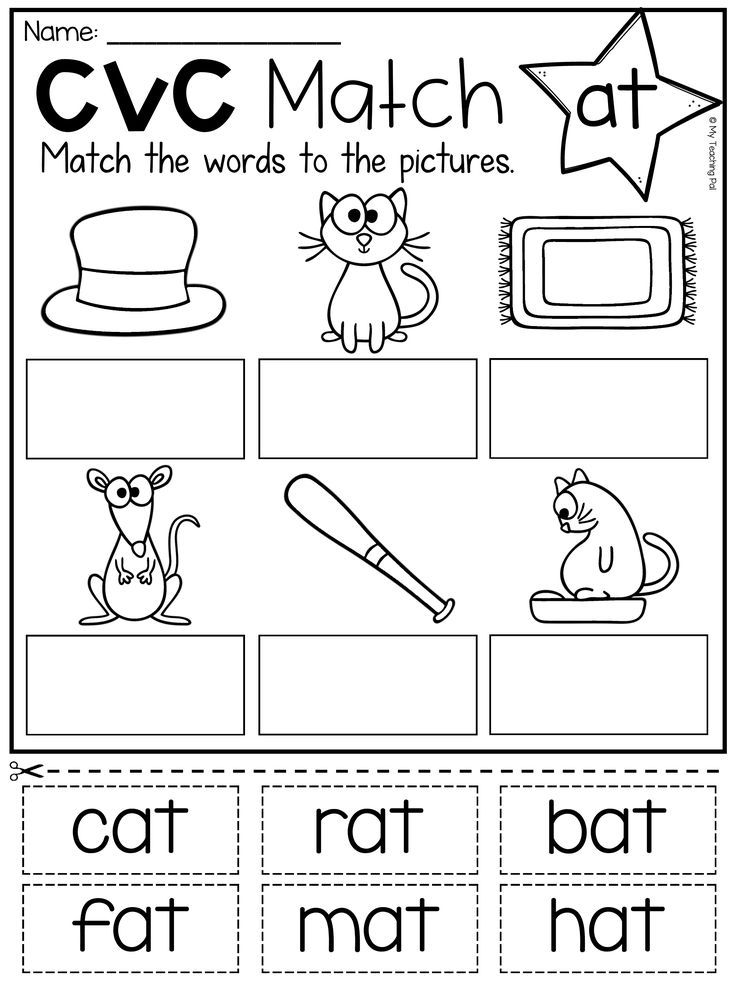 nine0003
nine0003
• It is also necessary to take into account the fact that in any activity the child is guided, first of all, by practical value, therefore, at preschool age, it is better to approach learning a foreign language as a specific section of acquaintance with the outside world, that is,
you need to prepare the child for learning , motivate him. Introduce the child to the country, traditions, find the country of the language being studied on the map, tell us about what kind of people live there, what they do, how they dress, how they differ from us, what language they speak ...
I pay special attention to learning English through cartoons. There are a huge number of videos in English for each level, both for children of 4 years old (with the content of Russian vocabulary), and for children of older preschool age (cartoons containing mostly English words familiar to children).
Reading of fairy tales with the use of toys is also arranged at the lesson, children can participate in the role of characters.
Basic activities can be easily made interesting and active by including singing songs, exercising and outdoor games. nine0003
Games will help to work out the basic speech turns, to consolidate the learned vocabulary. Examples of games:
• find objects hidden in the room and name them.
• Guess by touch what is in the bag and name it.
• charades in English.
The lessons also include work with pictures.
For example, the teacher shows cards with pictures and says what is shown in the picture, sometimes giving wrong words on purpose. Children take turns to determine whether the teacher is correct or incorrect. nine0003
Another game is good for developing memory. The teacher lays out the cards in a row and comments on what is shown on them. The children turn away, the teacher removes one of the cards - the children must guess which card the teacher removed.
The exercises will help to reinforce the learned vocabulary (I will give some of them in the example):
• It is necessary to pronounce new words in a whisper, then loudly and stamping your feet.


